 Pictures in Florence
Pictures in Florence Pictures in Florence
Pictures in Florence 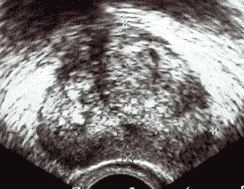 | 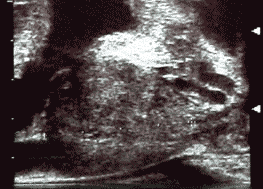 | From the cross and sagittal section, width, height, and length are measured. |
| Height times width times length times pi/6 gives the volume of prolate ellipsoid having the three axes. |  |
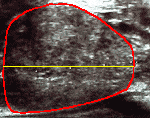 | First, reproducibility is poor, since the point of juncture between the prostatic apex and the distal urethra is frequently poorly visualized.
length (cm) = 4.4+0.4 (overestimate 9%) |
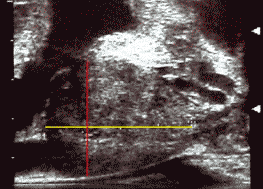 | Second, errors increase as the angle between the transverse plane and the prostatic longitudinal axis moves out of perpendicular("salami effect").
height (cm) = 3.4+0.5 (overestimate 15%) |
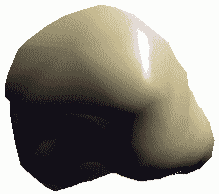 | Third, it has a risk to increase false positives of PSA density in BPH, because of a tendency to underestimate the volume in BPH.
The 3D models of BPH and prolate ellipsoid are shown. Prolate ellipsoid has a tendency to underestimate the volume in BPH, because rectal surface of the prostate in BPH is pressed by ultrasonic probe. |
 |  | These problems occur, because only 3 diameters are measured in this method, which means only 6 points of the prostatic contours are used for the calculation. |
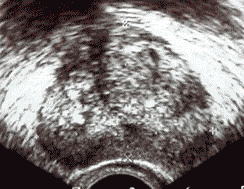 | 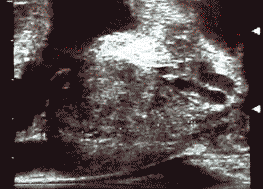 | By this new method, the prostatic contours of both cross- and sagittal sections are traced. |
| Based on the cross and sagittal contours, a non-ellipsoidal model is created.
The model is composed of sequentially arranged copies of the cross-section, which are reduced so that the anteroposterior diameters of the copies fit the contour of the sagittal section. The areas of the copies are reduced in proportion with the square of the reduced rates of the height (H2), and so the formula for biplane planimetry is given as : l x Amax x ƒ°(Hi/Hmax)2 where l is a stepped interval of the arrangement of copies, Amax is the area of the maximum cross section, Hmax is the height of the maximum cross section, and Hi are the heights measured at certain intervals in the sagittal section where the reduced copies are arranged. |  |
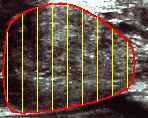 | Poor visualization of the juncture between the prostatic apex and the distal urethra does not yield a significant error in biplane planimetry. Because H near the margin is small, the square of H (biplane planimetry is a function of the sum of all H2) becomes too small to affect the value of biplane planimetry.
ƒ°(Hi/Hmax)2 = 0.662+0.932+0.982+1+0.982+0.92+0.792+0.622+0.442+0.222 (overestimate 0.8%) |
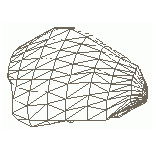 | Using 3D models constructed from the tranrectal ultrasonogram, we demonstrated that the biplane planimetric method was more resistant to "salami effect" than prolate ellipse volume calculation. |
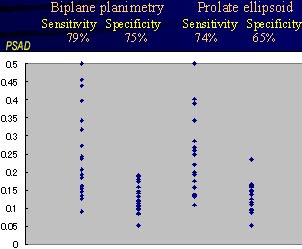 | Prolate ellipsoid and biplane planimetry were compared as denominators in PSA density .
In nineteen patients with prostatic cancer and twenty patients with BPH having intermediate PSA values, prostatic volumes were calculated both by prolate ellipsoid and biplane planimetry. As biplane planimetry does not underestimate the volume of BPH, the false positive rate of PSA density by biplane planimetry is smaller than that by prolate ellipsoid. |